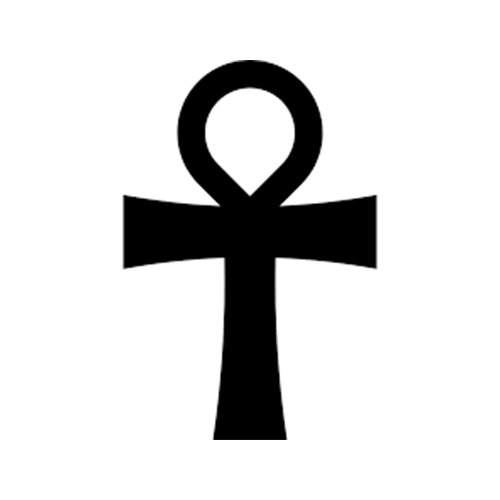Bes was an Egyptian deity associated with recreation. He also appeared in Mesopotamian art and some myths.
Background
According to Jeremy Black:
"Bes or Bisu was the Egyptian god of play and
recreation, represented as a full-faced bowlegged
dwarf, with oversized head, goggle
eyes, protruding tongue, bushy tail and usually
a large feathered crown as head-dress. He was
a magically protective deity who averted the
power of evil, and was especially associated
with the protec tion of children and of women
in childbirth. Some Egyptologists believe him
to be of non-Egyptian origin, since he is said to
come `from the holy land' (the east, interpreted
as Arabia or Babylonia) and called 'Lord of
Puoni' (Punt, on the African coast of the Red
Sea).
Representations of a very similar figure are
found widely in Syria, Palestine, Assyria and
Babylonia in the first millenium BC. In
Assyria and Babylonia the god may have been
known as Pessu."
Other sources indicate that this deity's image was common throughout the near east.
Relationship to broader Near Eastern mythology
Bes, uniquely, seems to have also been adopted in Mesopotamia as well.
"Of Egyptian gods, only the dwarf
god Bes — or at least his physical form — was
adopted widely throughout the ancient Near
East."
Notably, the diffusion of Bes into Mesopotamia was unique despite the geographic proximity between the two cultures.








